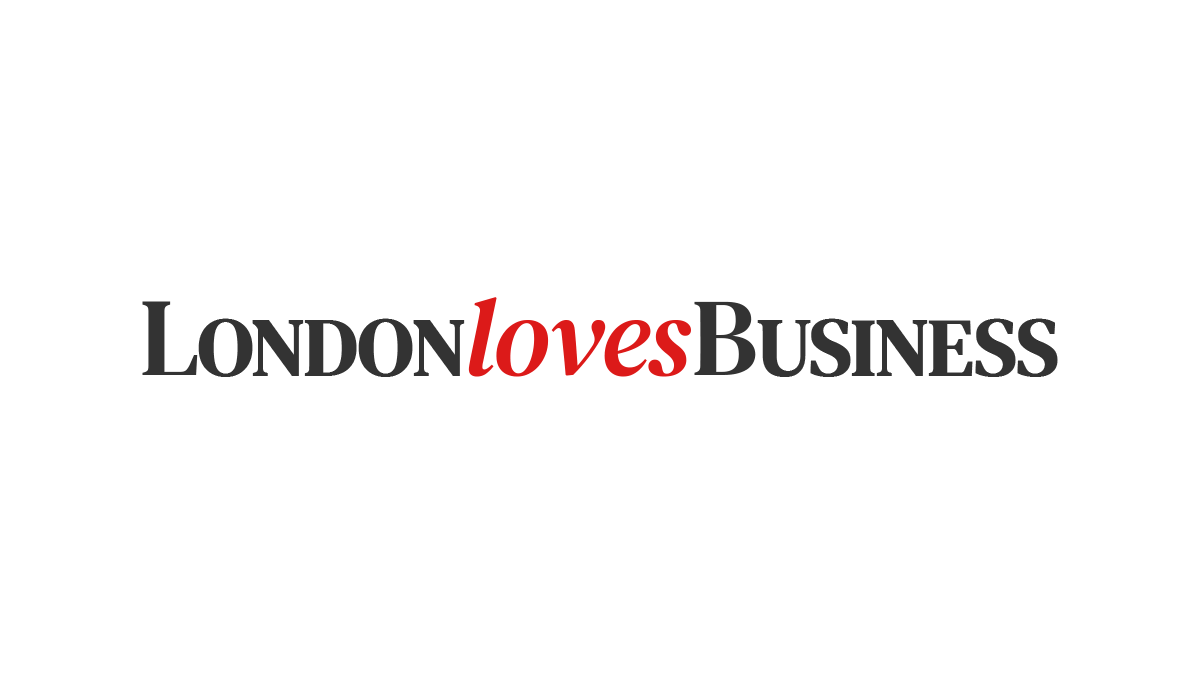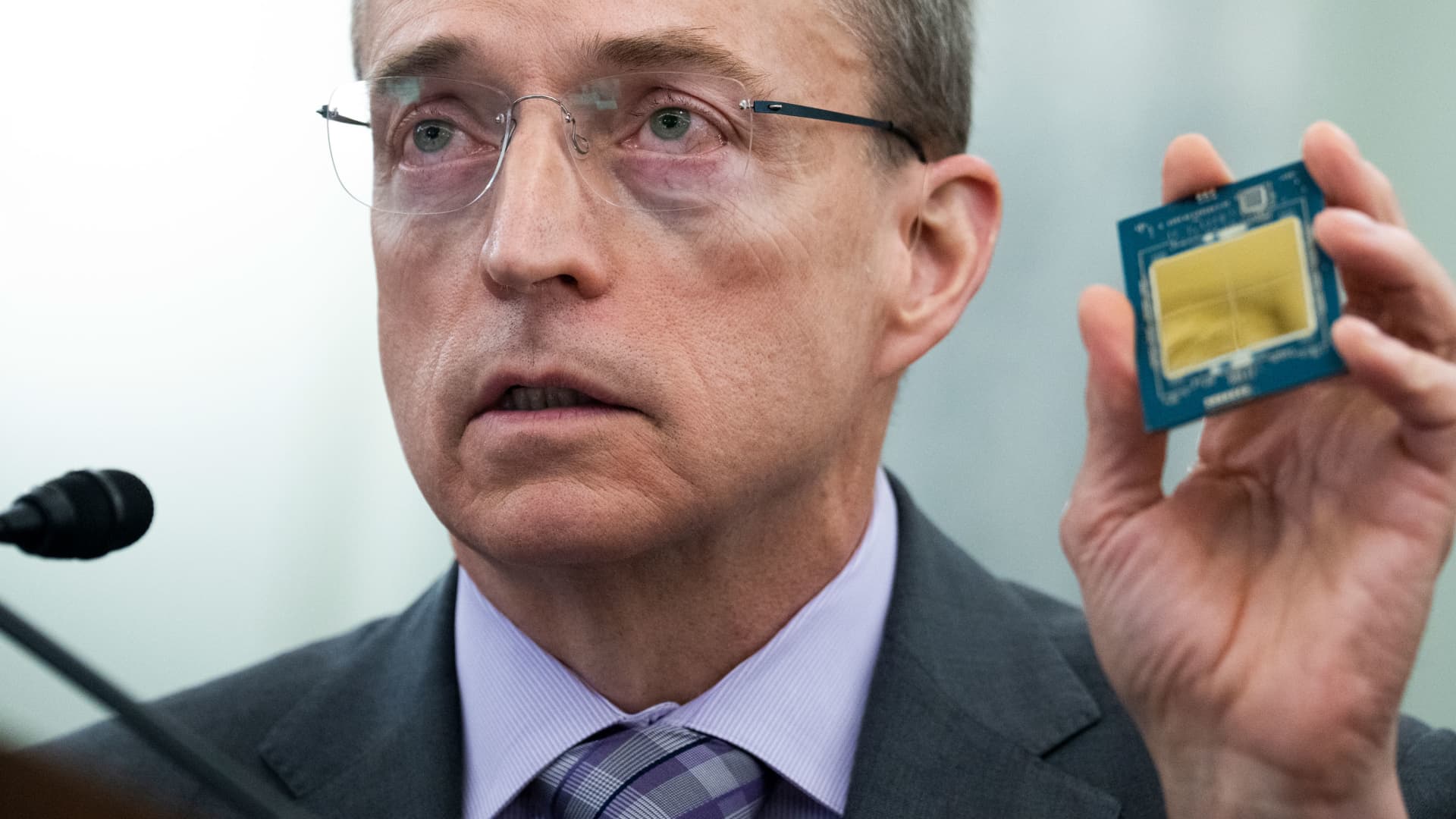For all of the wailing and gnashing of teeth over the Bank of England’s fourteenth consecutive interest rate hike, the nominal base rate of 5.25% is still below the post-1970 average of 6.4% and the real rate of interest – adjusting for inflation – is still minus 2.65% using the consumer price index benchmark for inflation and minus 5.45% using the retail price index.
Where interest rates lie, in nominal and real terms, has just as profound implications for investments and portfolios as it does the wider economy. The higher they go, the less inclined an investor may be to take risks with shares and more tempted they may be to stick to the calmer waters of cash and perhaps bonds.
The post-Great Financial Crisis environment of low inflation and low interest rates meant that investors could argue there was little or no alternative to shares, from a yield or capital gain perspective.
But central banks’ dash to jack up interest rates and the effect of their efforts to quell inflation upon bond yields means the picture looks quite different now:
| UK | USA | |
| Central bank base rate | 5.25% | 5.50% |
| Real bank base rate | (2.65%) | 2.50% |
| 2-year Govt. bond yield | 4.87% | 4.79% |
| 10-year Govt. bond yield | 4.35% | 3.98% |
| Equity dividend yield | 4.10% | 1.67% |
| Share buyback yield | 1.87% | 2.50% |
| Equity earnings yield | 8.93% | 4.17% |
Source: Marketscreener, S&P Global, Refinitiv data, analysts’ consensus forecasts
AJ Bell investment director Russ Mould said: “The return available on cash, as defined by central banks’ base rates, and by extension the risk-free rate available on government benchmark bonds, sets the reference point by which the attractiveness, or otherwise, of all asset classes will be judged.
“In the UK, the ten-year government gilt is seen as the risk-free rate and any other investment should return more than that to compensate for the additional dangers. The higher the gilt yield goes, the less inclined, or obliged, investors will feel to pay up for alternative asset classes, such as shares (and vice-versa).
“Right now, in nominal terms, investors can get a superior yield from ten- (and two-) year government gilts than they can from equities and for less capital risk, at least if they buy at issue and hold them until redemption.
“The picture is the same in the USA, even allowing for how share buybacks contribute to total shareholder returns – in the UK, the FTSE 100’s constituents’ cash return plans here add another 1.9% to the cash yield on the index and the S&P 500’s another 2.5% or so.
“Those buybacks help to keep the total yield balance in favour of equities in the UK in nominal and real terms, while in the USA equities offer less than real interest rates and cash in the bank, once inflation is taken into account. Buybacks, however, tip the total cash yield calculation back in the favour of equities.
“This may help to explain why stock markets are proving relatively resilient in the UK and continue to barrel higher in the USA, even though interest rates are way higher than anyone expected them to be twelve months ago.
“No-one knows for sure where inflation and rates will go next – central bankers’ failed ‘transitory’ narrative for inflation in 2021 and panic to catch up with a slew of rate increases in 2022 and 2023 makes that extremely clear.
“Under such circumstances, investors could be forgiven for taking a closer look at their portfolio weightings toward bonds and even cash, relative to equities, especially as any rate cuts during the life of the bonds could mean fixed-income instruments offer potential for capital gain as well as steady coupon payments.”








